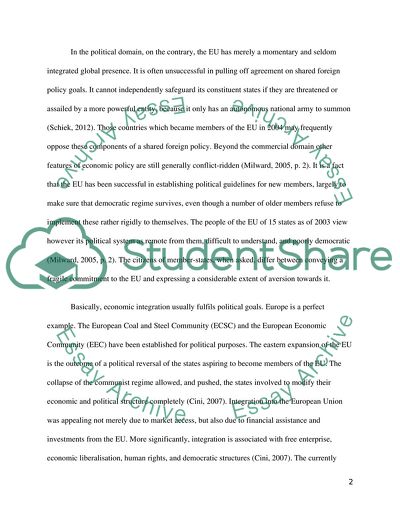Cite this document
(Evolution of European Political Order Coursework Example | Topics and Well Written Essays - 3750 words, n.d.)
Evolution of European Political Order Coursework Example | Topics and Well Written Essays - 3750 words. https://studentshare.org/politics/1847044-evolution-of-european-political-order-research-question
Evolution of European Political Order Coursework Example | Topics and Well Written Essays - 3750 words. https://studentshare.org/politics/1847044-evolution-of-european-political-order-research-question
(Evolution of European Political Order Coursework Example | Topics and Well Written Essays - 3750 Words)
Evolution of European Political Order Coursework Example | Topics and Well Written Essays - 3750 Words. https://studentshare.org/politics/1847044-evolution-of-european-political-order-research-question.
Evolution of European Political Order Coursework Example | Topics and Well Written Essays - 3750 Words. https://studentshare.org/politics/1847044-evolution-of-european-political-order-research-question.
“Evolution of European Political Order Coursework Example | Topics and Well Written Essays - 3750 Words”. https://studentshare.org/politics/1847044-evolution-of-european-political-order-research-question.


